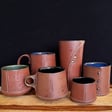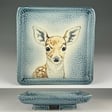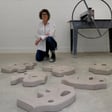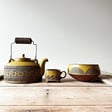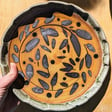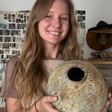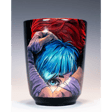
What does it mean to be an artist? w/ Meaghan Gates
In this episode of 'Shaping Your Pottery,' host Nic Torres interviews artist Meaghan Gates, who shares her journey of becoming an artist and her insights on what it means to embrace failure in the world of pottery. Meaghan discusses her widespread experiences from her early exposure to pottery as a child to her academic and professional growth. She highlights the significant influence of professors, the necessity of stepping out of comfort zones, and how her international travels have shaped her artistic voice. Throughout the conversation, they explore Meaghan's process of creating her unique sculptures, her approach to experimenting with glazes, and the importance of continual learning and adaptation. Meaghan emphasizes perseverance and staying open to constructive feedback as keys to developing one's unique style in pottery. You can learn more about Meaghan by checking out her instagram https://www.instagram.com/meaghanmgates/
Take this Free Quiz to see how close you are to finding your pottery voice click here to take the quiz shapingyourpottery.com/quiz
For More Episodes go to www.shapingyourpottery.com
00:00 Introduction to Meghan Gates 00:35 Overcoming Failures in Pottery 02:09 Meaghan's Journey into Pottery 03:38 Creating Sculptural Pieces 04:48 The Role of Professors and Feedback 08:56 Pushing Artistic Boundaries 24:03 The Importance of Travel and Residencies 28:17 Finding Your Unique Voice 32:05 Final Thoughts and Advice

